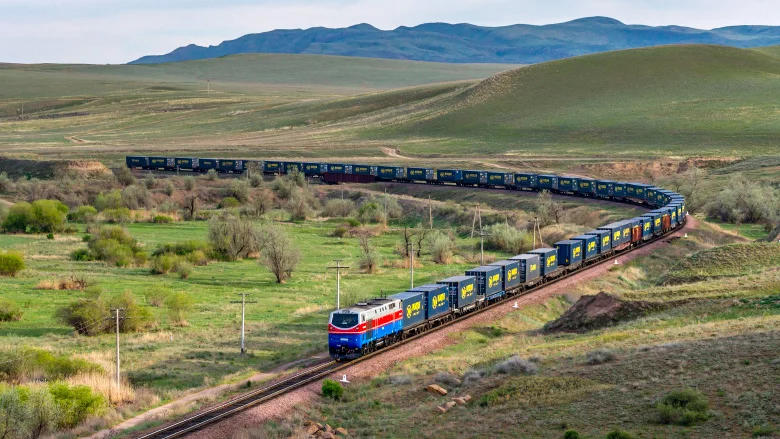BAKU, Azerbaijan, May 22. World Bank is actively working to identify and resolve issues on the Middle Corridor, said Winnie Wang, the Lead Infrastructure Specialist and Program Leader for Europe and Central Asia at the World Bank, during the 8th Trans-Caspian Forum hosted by the Caspian Policy Center (CPC) in Washington, D.C., Trend reports.
“We see great impacts when projects are designed to address specific bottlenecks and to define the level of service. To this end, at the World Bank, we have employed a number of regional and global monitoring tools to give the corridor solutions.... We estimated a cost of priority investments at about $7 billion in order to address bottlenecks,” she continued.
“Corridors are multidimensional and beyond just the transport infrastructure. They are about trade policies, trade finance logistics services, and support for the value-chain development, as well as training and education,” Winnie Wang explained. Developing this emerging corridor will require logistic and policy coordination, she added.
“One of the defining characteristics of the Middle Corridor is
its multimodal nature. This hurdle can be turned into an
opportunity to use all elements of the system and to decarbonize
transport,” Wang added.
The Middle Corridor is a transportation and trade route that
connects Asia and Europe, passing through several countries in the
region. It is an alternative route to the traditional Northern
Corridor and Southern Corridor.
The route starts in China and crosses Central Asian countries such as Kazakhstan, Uzbekistan, and Turkmenistan. It then passes through the Caspian Sea, Azerbaijan, Georgia, and Türkiye before reaching Europe.
The Middle Corridor offers a land route that connects the eastern parts of Asia, including China, with Europe, bypassing the longer maritime routes.







